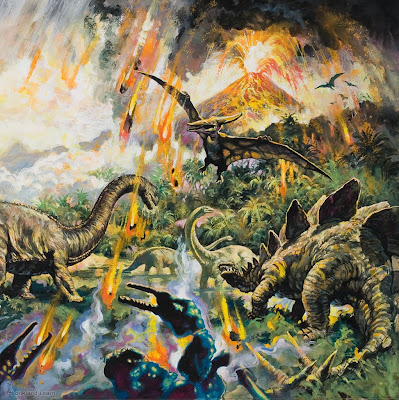 I decided it was time I read David Michaelis' Schulz and Peanuts, the recently published (and arguably controversial) biography of the creator of Charlie Brown and Snoopy whose cartoon creations are not just icons of American popular culture but also internationally beloved folk characters.
I decided it was time I read David Michaelis' Schulz and Peanuts, the recently published (and arguably controversial) biography of the creator of Charlie Brown and Snoopy whose cartoon creations are not just icons of American popular culture but also internationally beloved folk characters.The book is controversial because, according to the subject's family (who now regret having authorized the book) Michaelis has represented Charles ('Sparky') Schulz as an essentially unhappy, unfulfilled man whose lifelong sadnesses and insecurities were the basis for the cartoon strip adventures featuring the Peanuts gang.
According to Michaelis: “[Schulz] was a complicated artist who had an inner life and embedded that inner life on the page. His anxieties and fears brought him Lucy and the characters in Peanuts. A normal person couldn’t have done it.”

Authorized biographies are, frankly, dodgy territory (I know, I've written two!): the seal of approval may give the biographer access to people who might not be so willing to cooperate with an unofficial chronicler, but it also tends to encourage interviewees to speak with a openness that places a heavy burden on the writer when the time comes to decide just how much candidness to go in for!
 Since the subject of his book was dead, David Michaelis went for a 'warts and all' approach, although apart from an affair at the time that his first marriage was breaking-up there aren't much in the way of skeletons in the Schulz cupboard.
Since the subject of his book was dead, David Michaelis went for a 'warts and all' approach, although apart from an affair at the time that his first marriage was breaking-up there aren't much in the way of skeletons in the Schulz cupboard.In fact, part of the difficulty with the book is that Schulz' life was pretty uneventful: he did what he did consistently well for many years, but not much else happened. As a result, Michaelis is forced into trying prove that everything in the Peanuts comic strips has some source of inspiration in Schulz' life and personality which effectively reduce the artist's very real genius to little more value than a series of thinly-veiled autobiographical sketches.
The portrait that emerges is rather dour and depressing and casts a long, somewhat chilly shadow over the cosily fuzzy public perception of Schulz's world and its 'Happiness is a Warm Puppy' philosophy.
Suddenly those episodes in which Charlie Brown fails to fly a kite or kick the football or summon up the courage to speak to the Little Red-Haired Girl are seen as Schulz grappling with bitter angst-ridden memories or exorcising ugly personal demons. In consequence, the reader finds many fondly remembered Peanuts episodes raising less of a smile than a shudder.
I corresponded briefly with Schulz and wrote his obituary for The Times when he died, but I never met him and have no idea if he truly was the Mr Misery that emerges from Michaelis' sombre and - bizarrely for a work devoted to the work of a humorist - singularly humorless book.
I do know, however, that Schulz won the admiration of other professional cartoonists for a career spanning almost 50 years in which he single-handedly wrote and drew 17, 897 strips. One has only to look at dozens the tribute cartoons that were drawn by America's leading artists when Schulz put down his pen for the last time in 2000 to see the esteem in which he was held...

This is just one of many examples.
I also know - as do millions of others - that Schulz made us LAUGH: at Charlie Brown's unfailing stoicism, at Linus' philosophical astuteness, at Lucy's innate crabbiness, at Peppermint Patty's infallible optimism and, above all, at Snoopy's irrepressible joie de vivre: whether in doing the obvious doggy things including making it patently clear when it was SUPPER TIME or indulging in less usual canine activities such as dancing, skating, performing a puppet version of War and Peace on top of his dog-house, donning flying helmet and goggles in order to tackle the cursed Red Baron or sitting at the typewriter and pounding out a new magnum opus...
David Michaelis' book may be the authorised word on Schulz, but it's unlikely to the the last word...

Images: © Charles Schulz





































